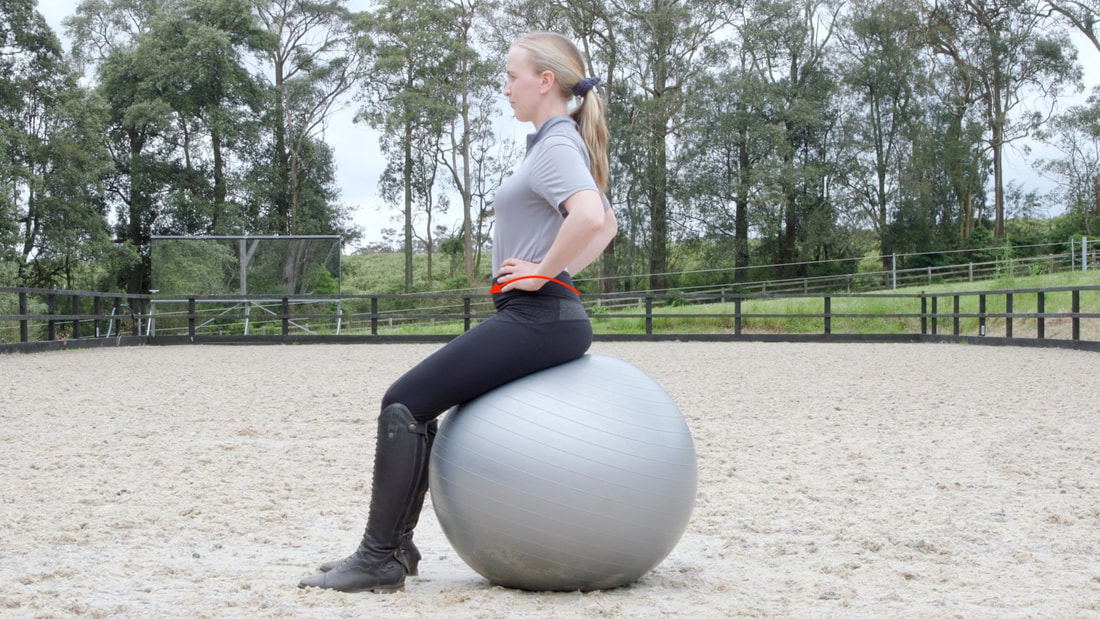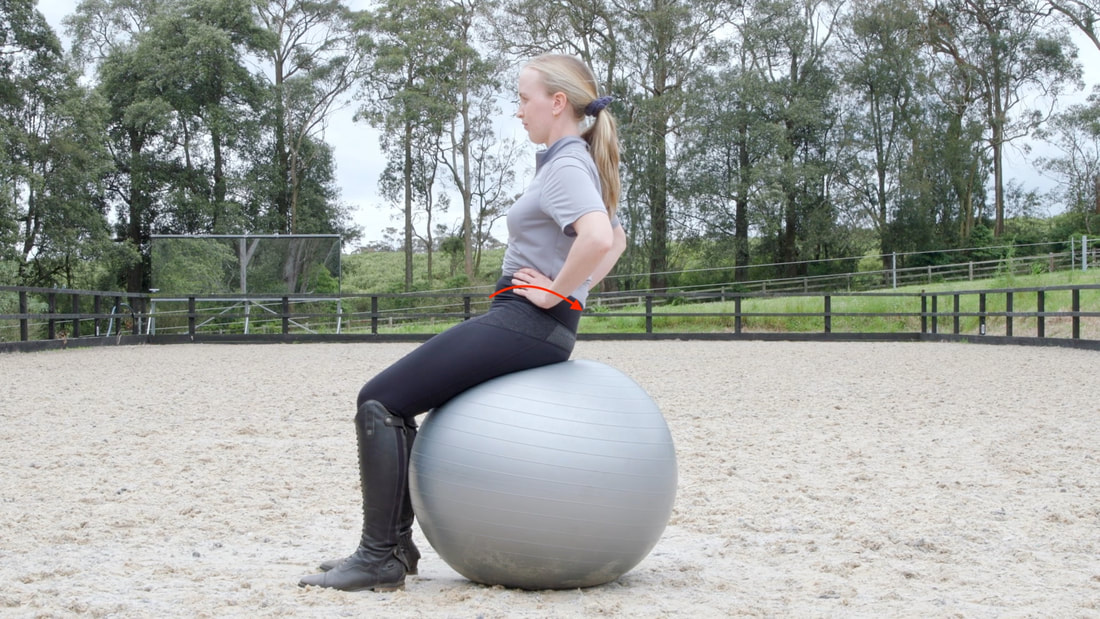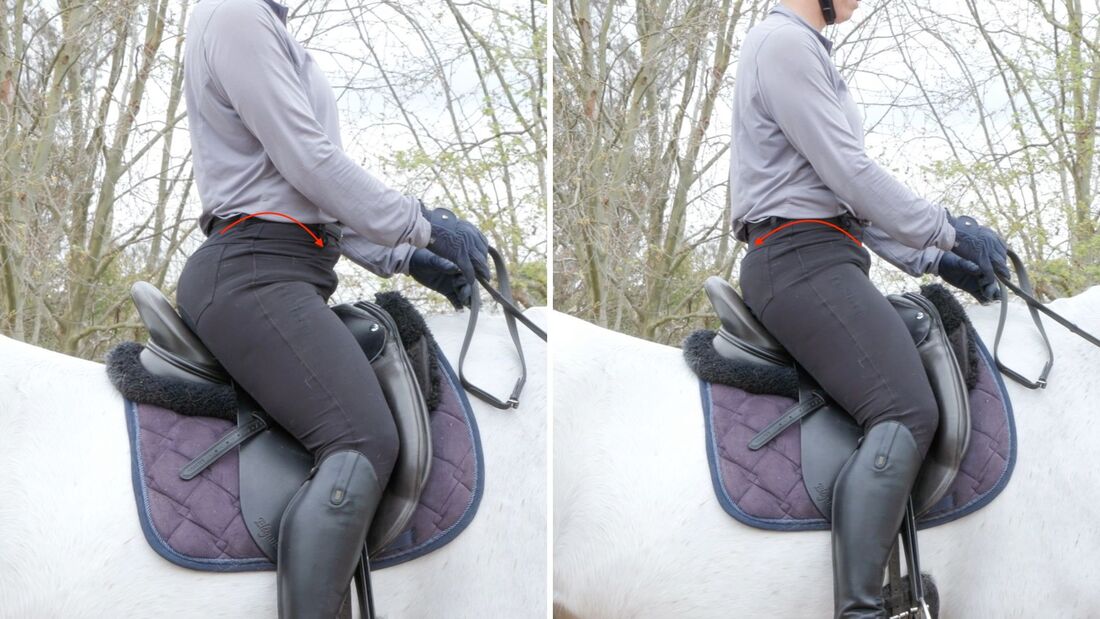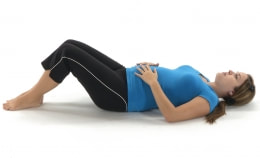|
By Hannah Mauldon Returning to the saddle after having a child is a really important journey that many riders will experience. While you should not feel rushed to be back in the saddle, the six-week postpartum check is largely considered the point where medical clearance to return to normal activity occurs. However, it is becoming more clear that appropriate musculoskeletal interventions, typically prescribed by a qualified physiotherapist, could safely begin in the immediate postpartum period. What are some of the key areas that change when you are pregnant and how can working on these improve your riding? Proprioception Proprioception is the ability to perceive the position and movement of the parts of your body within space, allowing you to interact with the environment around you without having to completely rely on visual feedback. Essentially it is your “feel” in the saddle. Physiological changes such as the change to your centre of gravity, as well as ligament laxity and weight gain might influence joint proprioception during pregnancy and continue into the postpartum period. This can feel to riders like they simply can't feel and follow their horses movement as well as they used to. How to improve this? Your physiotherapist will work with you to design a program of exercises that will be most appropriate for you, your specific problem and most importantly, will fit into your day! This may include both on and off horse exercises. One you could try at home to help improve your proprioception is to perform a cat/cow movement while sitting on a swiss ball or in the saddle. Doing this in front of a mirror can help retrain your body's sense of where is it in space. While sitting on a swiss ball, begin to tilt your pelvis forward, feeling your seat bones move backwards and the curve in your lower back increase. Then tilt your pelvis backwards, moving your seat bones forward and flattening your lower back. Try to move in a smooth continuous manner and maintain relaxed breathing throughout. This exercise is completed mounted in the saddle at halt. Tip your pelvis forward, rolling your seat bones backwards and increasing the curve in your lower back. Reverse the movement, tucking your bottom underneath you, rolling your seat bones forward in the saddle and flattening your lower back. Smoothly repeat these movements. Abdominal strength and your pelvic floor The abdominal musculature is stretched to 115% of its resting length by 38 weeks of pregnancy. During labour and delivery, pelvic floor musculature is stretched to 250% of its resting length during delivery. So it’s no wonder that pelvic floor dysfunction such as pain and stress urinary incontinence is very common postpartum. This is especially the case in horse riders as our pelvic floor acts as part of a shock absorbing system. How to improve this? Beginning your pelvic floor exercises and gentle abdominal exercises as early as advised by your doctor and physiotherapist will ensure you are as comfortable as possible when getting back in the saddle. Diaphragmatic breathing is a simple yet effective way to begin activating these muscles again.
Remember, every rider's experience is different, at Equimotion we work with riders at every step of their pregnancy and postpartum journey to make the process as simple as possible. We offer both in person or online consultations, please contact us to find out more and book an appointment.
References:
0 Comments
Leave a Reply. |





 RSS Feed
RSS Feed